No Products in the Cart
| Feature | Scout 137 Drone System | Flybotix ASIO X |
|---|---|---|
| Flight Duration | Unlimited (tethered power). | 20 minutes (battery-powered). |
| Navigation & Positioning | Uses 3D LiDAR with SLAM for mapping and obstacle detection. | LiDAR for 3D mapping in GPS-denied spaces. |
| Camera | 4K camera with adjustable gimbal. | Full HD and thermal cameras. |
| Lighting | 10,000+ lumens. | 40,000 lumen output for exceptional visibility. |
| Data Transmission | Tethered data link with live streaming. | Wireless 2.4GHz/5GHz link; Flybotix Cloud compatible. |
| Tether Length | 40 meters, durable and visible tether. | Not applicable (untethered). |
| Ground Station | Provides power, tether connection, and data relay. | Portable control unit without a ground station. |
| Gas Detection Payload | Gas sensor detects most common flammable gases and vapors | Sensors for CH4, H2S, O2, and CO gas detection. |
| LiDAR Mapping System | LiDAR with SLAM for real-time mapping. | LiDAR for 3D mapping and localization. |
| Operational Flexibility | Continuous inspection, no battery limits (tethered). | Flexible battery-powered, requires recharging. |
| Inspection Data Management | Scout Portal for data management and reporting. | Flybotix Cloud for data storage and analytics. |
| Safety Enhancements | Redundant systems, safe for hazardous sites. | Compact, untethered design with gas sensors for safety. |
| Target Industries | Oil & Gas, Infrastructure, Power, Marine, Chemical. | Chemical, Utilities, Oil & Gas, Manufacturing. |
| Environmental Ratings | IP54 dust and splash resistant. | IP55 rated for dust and moisture resistance. |
| Dimensions | 613 mm x 382 mm x 303 mm. | 395 mm x 395 mm x 170 mm. |
| Weight | 3.2 kg. | 1.3 kg. |


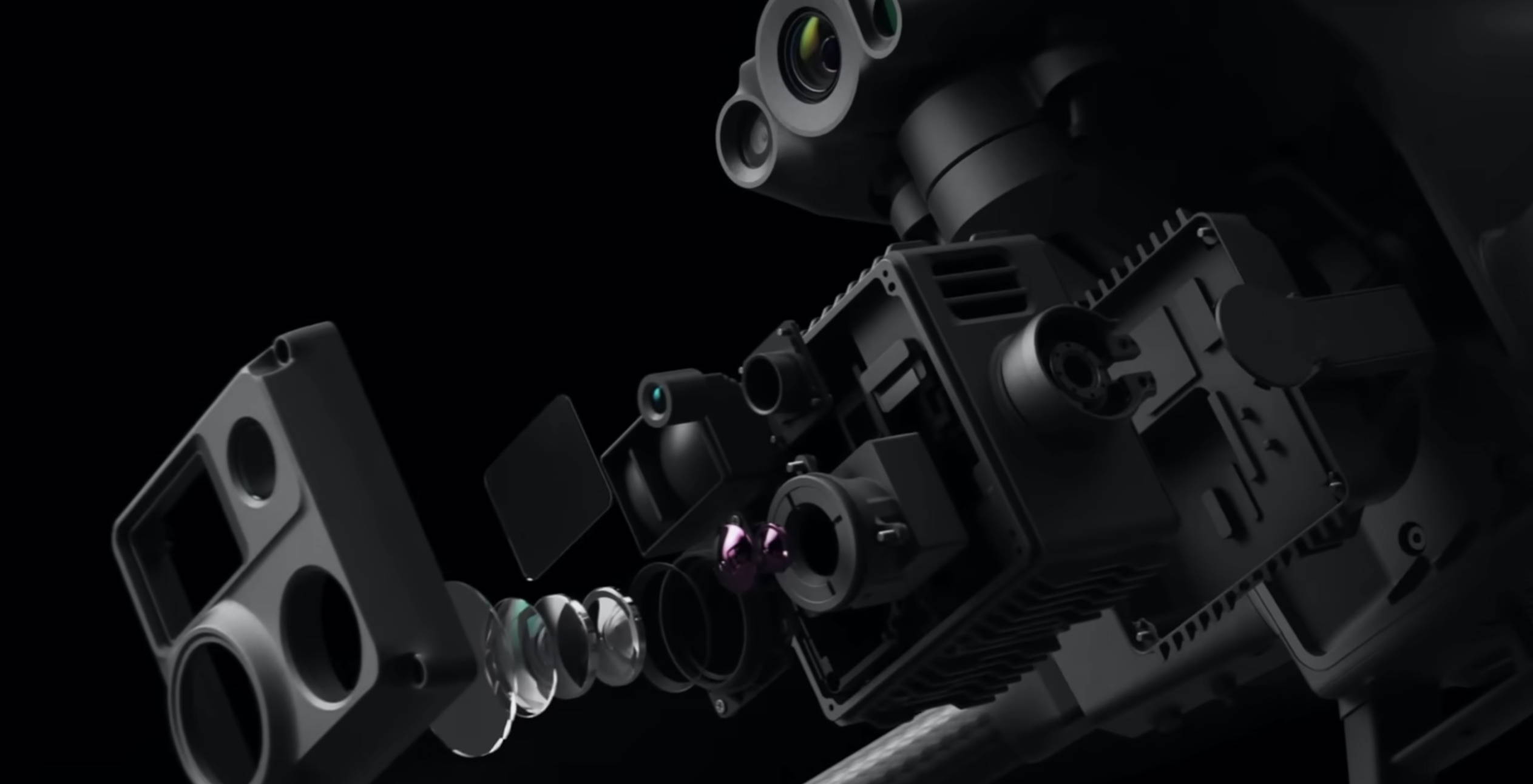

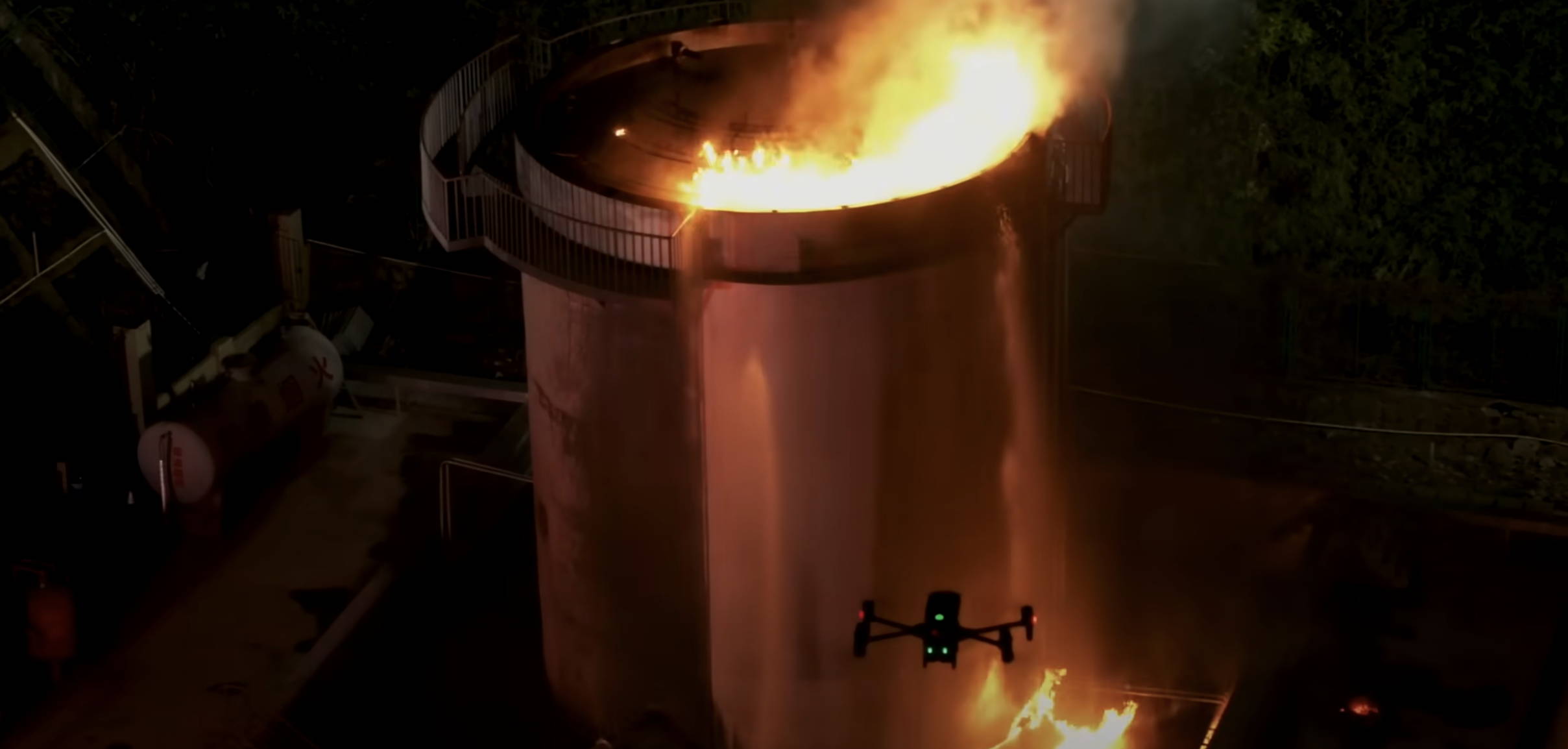
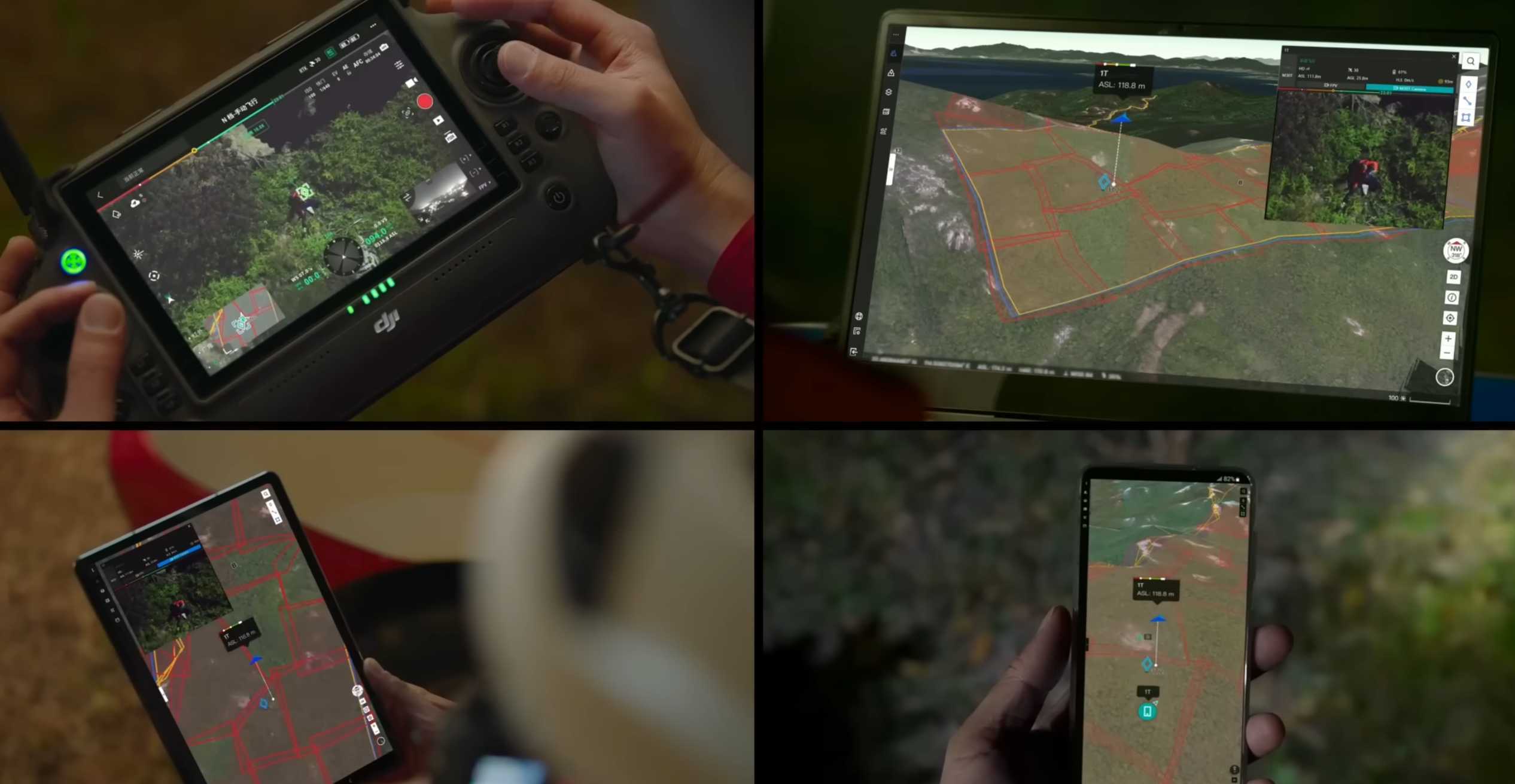


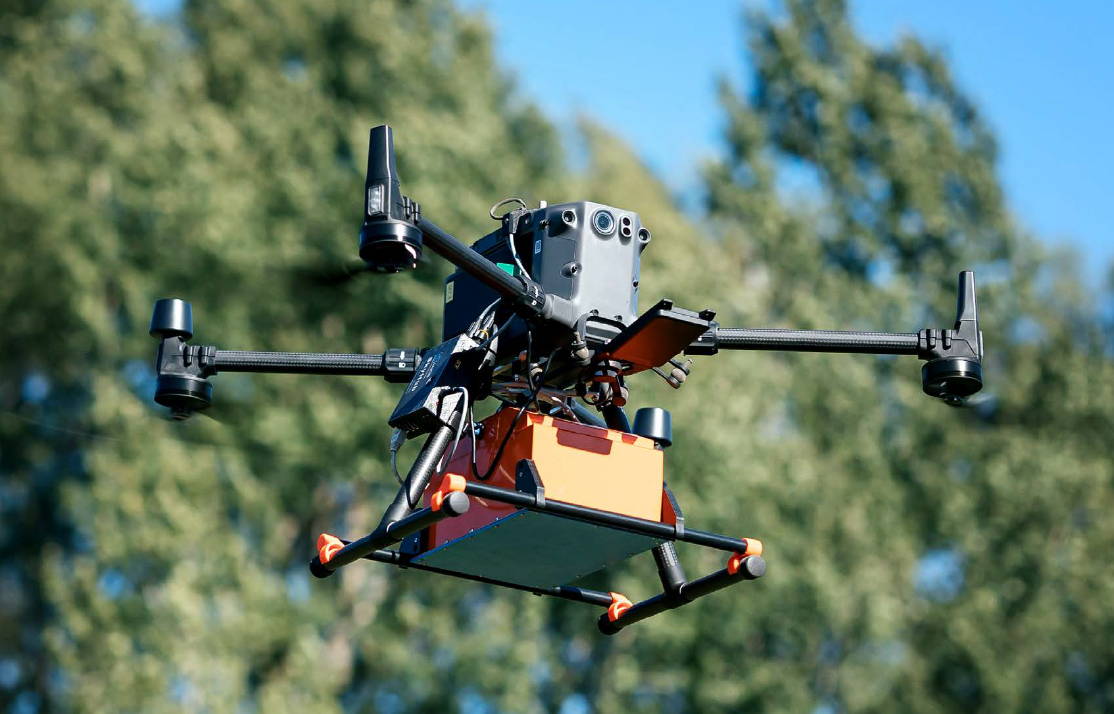
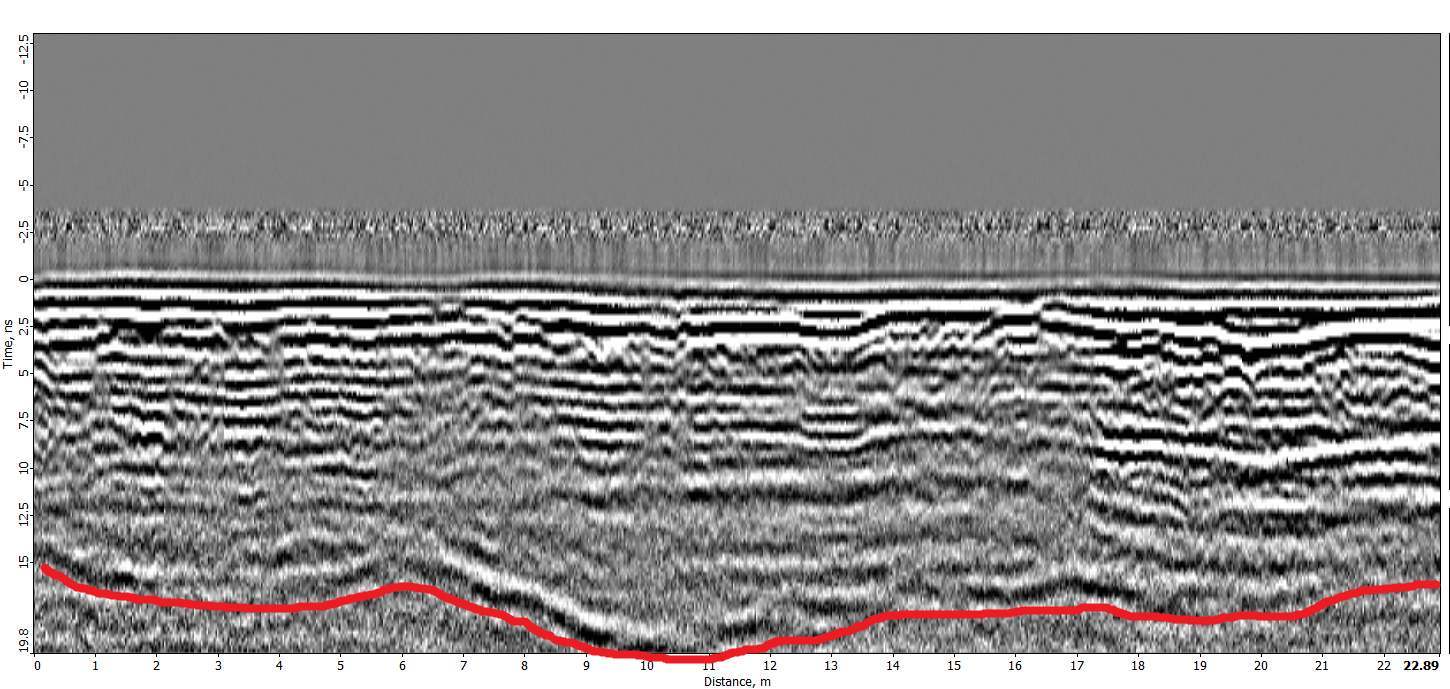

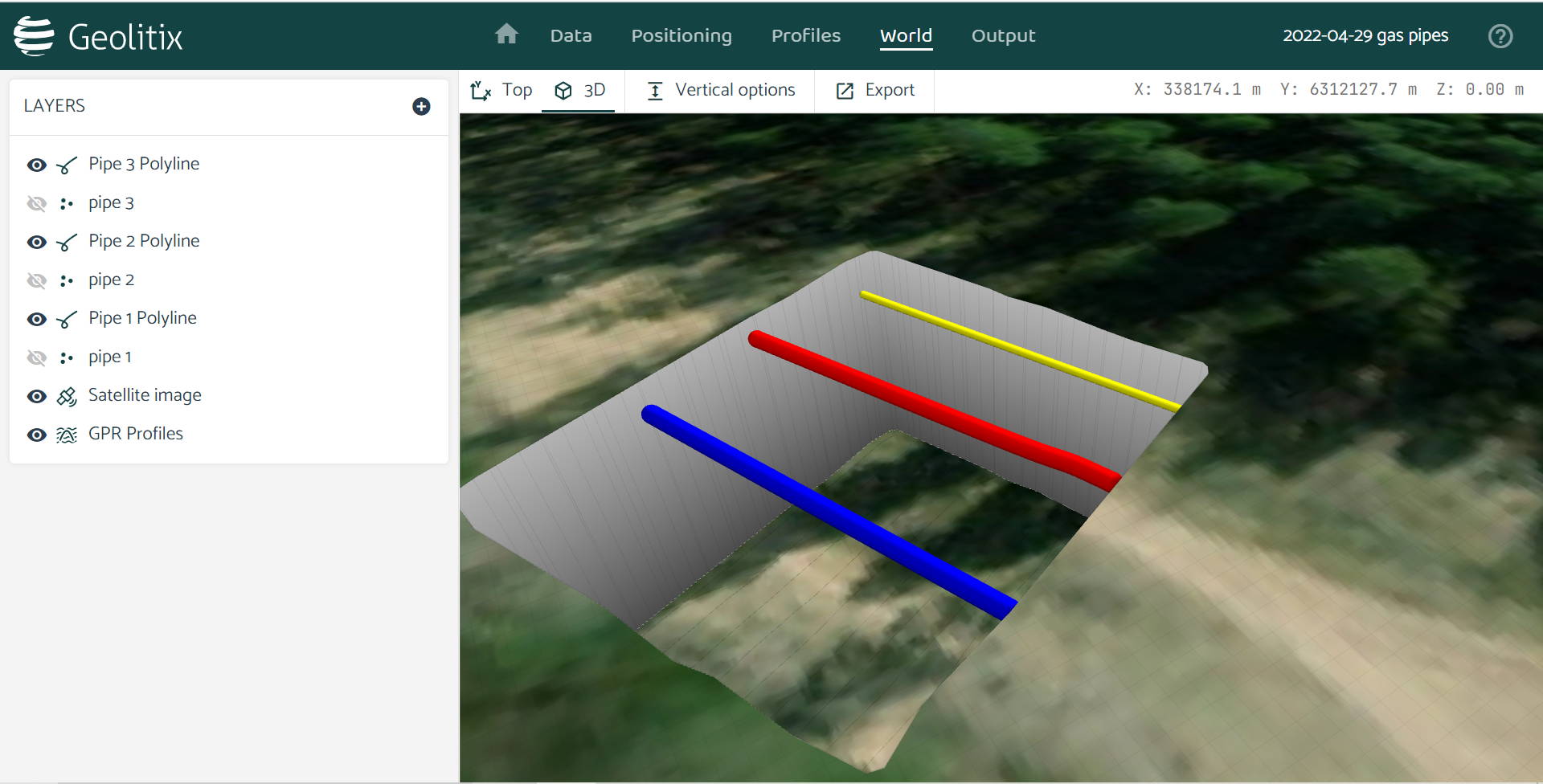


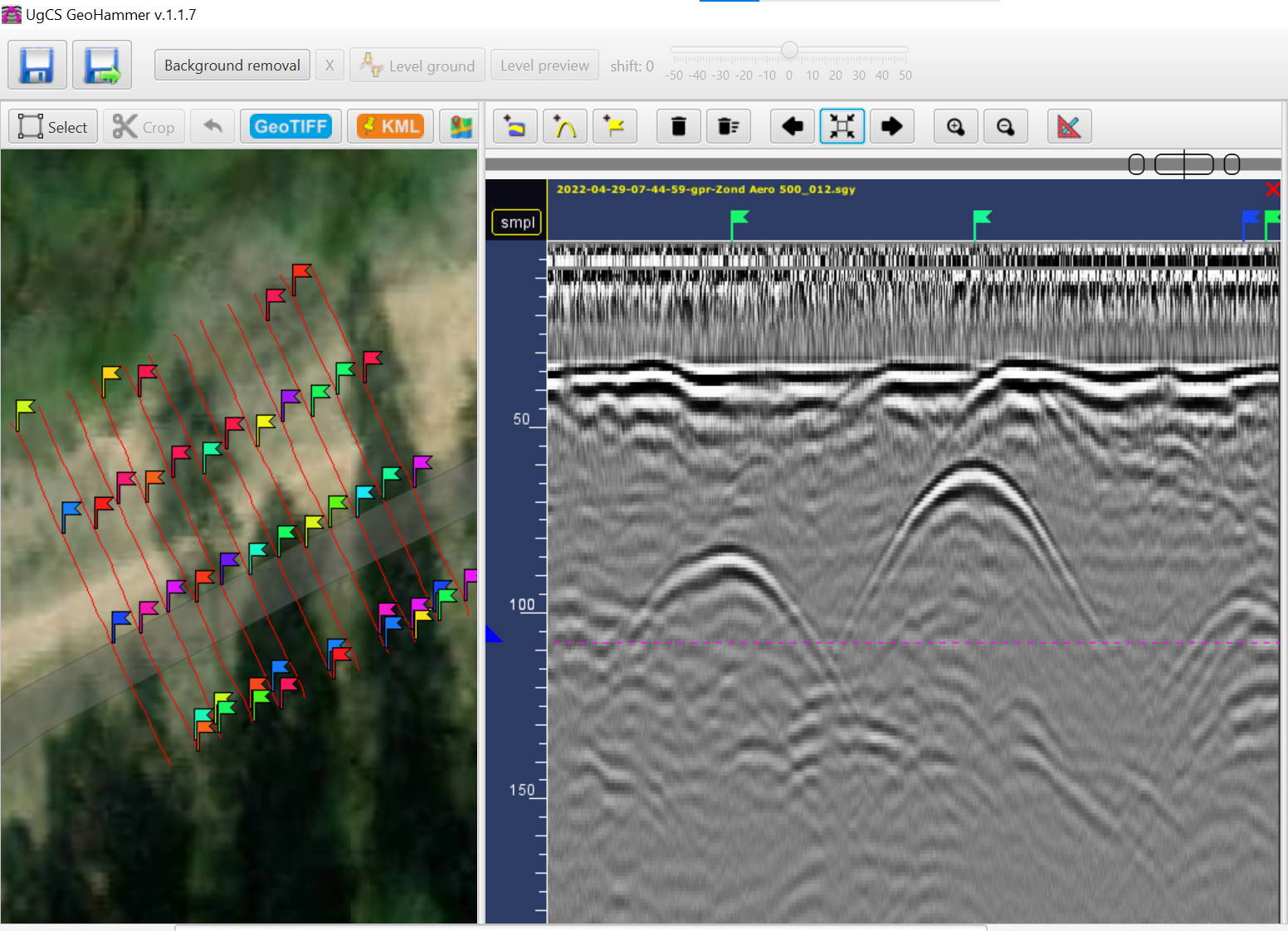
| Feature | Zond Aero 1000 | Zond Aero 500 | Zond Aero LF |
|---|---|---|---|
| Center Frequency | 1000 MHz | 500 MHz | 100, 150, 300 MHz |
| Max Depth | 2 meters | 4 meters | Up to 12 meters |
| Weight (Airborne) | 1.8 kg | 2.1 kg | 0.1 kg – 300MHz antenna |
| Drone Compatibility | DJI M350 RTK, M300 RTK, and more | DJI M350 RTK, M300 RTK, and more | DJI M350 RTK, M300 RTK, and more |
| Data Format | SEGY (.sgy) | SEGY (.sgy) | SEGY (.sgy) |
| Best For | Shallow, high-res surveys | Mid-depth, versatile surveys | Deep surveys, geological applications |